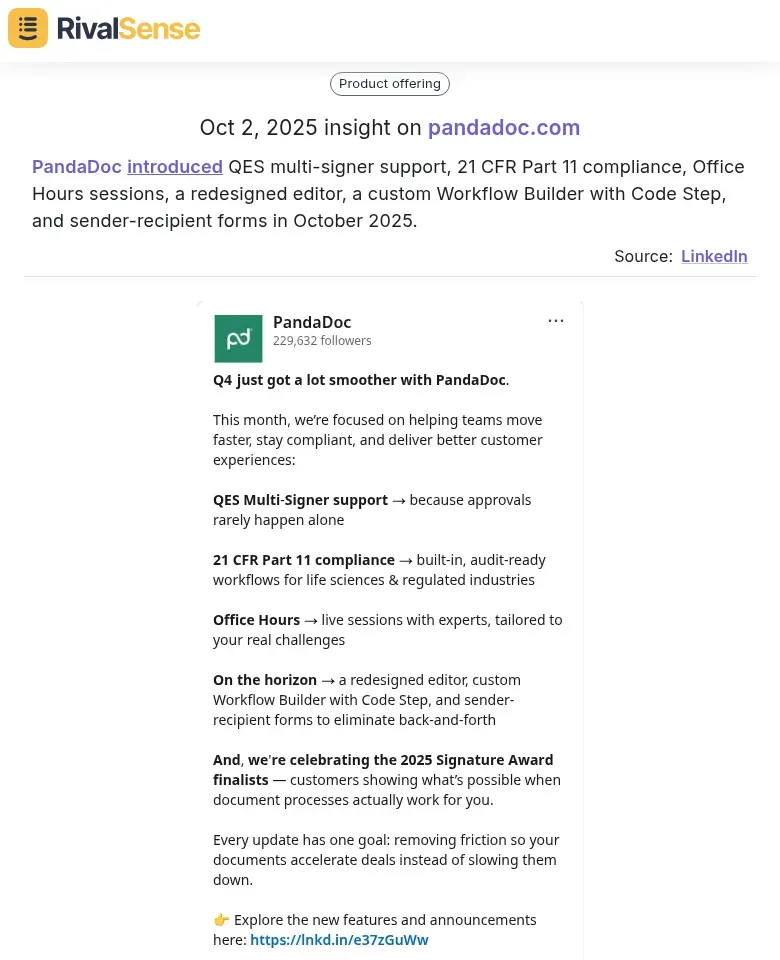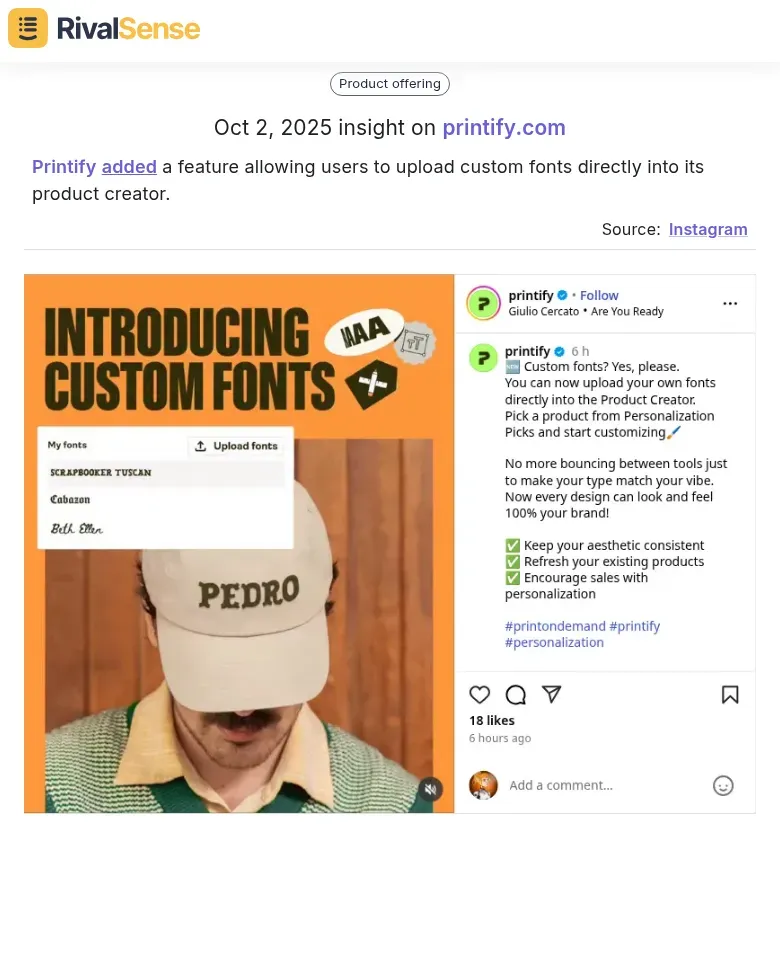Actionable Key Account Tracking Strategies for Semiconductor Design Leaders
Key account tracking in semiconductor design involves systematically monitoring your most valuable customers throughout their complex buying journey. This approach is critical because semiconductor design accounts represent massive revenue potential but come with unique challenges that require diligent oversight. Accounts in this sector face specific hurdles that make tracking essential for sustained growth and competitiveness.
Semiconductor design accounts face specific hurdles:
- Long sales cycles: Design wins can take years from initial engagement to volume production
- Technical complexity: Requires deep understanding of chip architecture, process nodes, and design tools
- Global operations: Accounts often span multiple geographies with different requirements
Establishing the business case is straightforward: systematic tracking prevents revenue leakage, identifies expansion opportunities, and protects against competitor inroads. Companies with formal key account monitoring achieve 15-20% higher account retention and 30% faster deal cycles.
Practical Checklist for Semiconductor Key Account Tracking: 📝
- Map all stakeholders (engineering, procurement, executives)
- Track design project timelines and milestones
- Monitor competitor activity and design wins
- Document technical requirements and specifications
- Set quarterly business reviews with measurable KPIs
- Use automated tracking tools for real-time insights
Pro Tip: Implement a 90-day touchpoint cadence that combines technical updates with business value discussions to maintain engagement throughout long design cycles.
Essential Metrics and KPIs for Semiconductor Key Account Tracking
Effective semiconductor key account tracking requires monitoring three critical metric categories to drive informed decisions. By focusing on the right metrics, you can gain deep insights into account health and future opportunities, enabling proactive management. For revenue metrics, track Customer Lifetime Value (CLV) by analyzing total projected revenue per account, monitor quarterly growth rates to identify expansion patterns, and calculate account profitability by subtracting acquisition and support costs from revenue. Practical tip: Set up automated CLV calculations using your CRM data and flag accounts with declining growth rates for immediate review.
Engagement KPIs reveal account health and are vital for early intervention. Monitor usage frequency through app analytics, track feature adoption rates to identify underutilized capabilities, and analyze support interactions for early warning signs. Checklist: Weekly review of engagement dashboards, monthly feature adoption reports, and quarterly support sentiment analysis. Implement alerts for 15%+ engagement drops to stay ahead of issues.
Predictive scoring transforms reactive management into strategic advantage. Use machine learning models to calculate churn risk scores based on usage decline, support sentiment, and contract renewal timing. Simultaneously, identify expansion opportunities through feature adoption patterns and market signals. Actionable step: Create a scoring system where accounts below 30 require intervention, while scores above 70 indicate strategic nurturing opportunities. For semiconductor clients, watch for increased simulation runtime demands—this often signals upcoming hardware upgrades.
Strategic Partnership Analysis for Account Intelligence
Strategic partnership analysis provides invaluable insights into market trends and revenue opportunities in semiconductor design. Tracking partnerships helps anticipate shifts in technology adoption and align your strategies accordingly. Partnership announcements in semiconductor design reveal critical market trends and revenue opportunities. Track joint ventures between EDA tool providers and foundries—these signal upcoming process node migrations and design complexity increases. For example, when Synopsys partners with TSMC on 3nm design kits, expect 15-25% revenue growth opportunities in advanced node services.
Map partnership types to strategic impact:
- • Technology co-development (high revenue impact, 6-12 month lead time)
- • IP licensing (medium impact, immediate revenue potential)
- • Distribution agreements (low impact, but expands market reach)
Practical steps:
- Create a partnership tracking dashboard with alerts for key players
- Score partnerships by strategic alignment with your offerings
- Adjust account strategies quarterly based on partnership signals
- Use RivalSense to monitor competitor partnership patterns
When Intel announces AI chip collaborations, immediately review accounts in automotive and data center segments—these partnerships often precede 30-40% budget increases in related design projects.
Executive and Talent Movement Tracking for Strategic Insights
Executive and talent movement tracking offers critical intelligence for anticipating strategic shifts in semiconductor design companies. By monitoring these changes, you can identify new opportunities and threats early, allowing for timely adjustments to your account strategies. Monitor executive transitions at key accounts—when a CTO or VP of Engineering moves, it often signals strategic shifts like new technology adoption or market pivots. Track hiring patterns: if an account is aggressively recruiting AI/ML specialists, they're likely expanding into AI-driven chip design. Use this intelligence to identify engagement opportunities—reach out when new executives join to offer tailored solutions.
Practical steps:
- Set up alerts for executive changes at top 20 accounts using tools like RivalSense
- Analyze LinkedIn hiring trends quarterly to spot talent concentration
- Create a 'new executive welcome' outreach program
For example, if a competitor's key account hires a VP from a quantum computing firm, anticipate their move into quantum chips and position your EDA tools accordingly. This proactive approach turns talent data into strategic advantage.
Implementing Predictive Analytics for Proactive Account Management
Implementing predictive analytics transforms key account management from reactive to proactive, enabling data-driven decision-making. By leveraging AI tools, you can forecast account behaviors and intervene before issues arise, optimizing resource allocation. Start by integrating AI-driven tools like RivalSense that analyze customer behavior patterns—tracking engagement frequency, project timelines, and purchasing cycles specific to semiconductor design workflows. These tools forecast growth opportunities and identify at-risk accounts before issues escalate.
Create automated workflow triggers based on predictive insights: when an account shows declining engagement, automatically schedule a strategic review; when growth potential is detected, trigger personalized outreach. Establish quarterly review cadences to assess model accuracy and adjust strategies for continuous improvement.
Continuously refine your predictive models by feeding them new data—customer interactions, market intelligence from SEMI reports, and competitor movements. Use A/B testing to validate predictions and update algorithms monthly. Practical tip: Start with 3-5 key behavioral indicators (e.g., design tool usage, support ticket volume) and expand as data quality improves.
Building a Sustainable Key Account Tracking Framework
Building a sustainable key account tracking framework requires a structured approach to data integration and team enablement. This ensures long-term success by turning insights into actionable strategies that drive growth and retention. Start by establishing a centralized system that aggregates data from CRM, sales tools, and market intelligence platforms like RivalSense. This ensures comprehensive tracking of account activities, competitor moves, and market trends. Next, develop team enablement programs with training on data interpretation and competitive analysis.
Create measurable ROI frameworks by setting KPIs such as account growth rate, retention improvements, and competitive win rates. Implement quarterly reviews to correlate insights with business outcomes—analyze how tracking data influenced strategic decisions and revenue. Practical steps:
- Integrate data sources into a single dashboard
- Train teams on using insights for proactive engagement
- Define clear metrics for ROI calculation
- Schedule quarterly sessions to assess impact and refine strategies
This approach turns tracking into actionable intelligence, driving sustained growth in semiconductor design.
Leveraging Competitor Insights for Strategic Advantage
Monitoring competitor activities provides early warnings and opportunities to refine your key account strategies. By tracking product launches, feature updates, and regulatory changes, you can anticipate market shifts and stay ahead. For instance, product launch insights like PandaDoc's introduction of QES multi-signer support and compliance features in October 2025 highlight how such updates can signal competitive advancements.  This type of insight is valuable for adjusting your value proposition and identifying upsell opportunities before competitors gain an edge.
This type of insight is valuable for adjusting your value proposition and identifying upsell opportunities before competitors gain an edge.
Feature addition tracking, such as Printify allowing custom font uploads, demonstrates how minor updates can impact user experience and competitive positioning.  Understanding these changes helps you benchmark your offerings and proactively address account needs, ensuring you remain the preferred partner.
Understanding these changes helps you benchmark your offerings and proactively address account needs, ensuring you remain the preferred partner.
Regulatory insights, like Kanga's announcement on mandatory portfolio verification for EU compliance, show the importance of monitoring legal changes.  This knowledge allows you to guide accounts through compliance hurdles, strengthening trust and positioning your solutions as essential in evolving landscapes.
This knowledge allows you to guide accounts through compliance hurdles, strengthening trust and positioning your solutions as essential in evolving landscapes.
Ready to enhance your key account tracking? Try RivalSense for free at https://rivalsense.co/ and get your first competitor report today!
📚 Read more
👉 How Perplexity's Visual Electric Acquisition Alerted Competitors
👉 Real-World Examples: How Competitor Website Changes Drive Key Account Wins
👉 Optimize VPN Content Strategy with Competitor Performance Tracking
👉 Predictive Pricing Insights: Outsmart Competitors in Key Account Management
👉 How Stannah's Design-Driven Stairlift Launch Offers Key Competitor Insights
